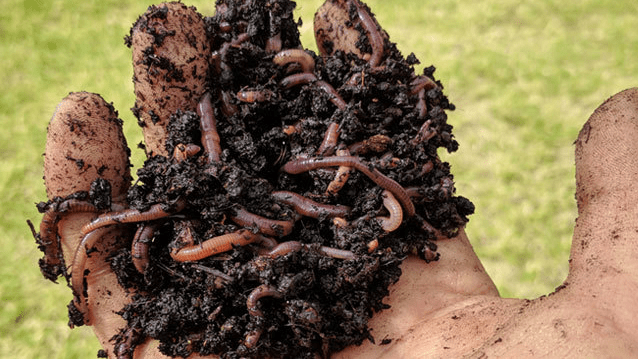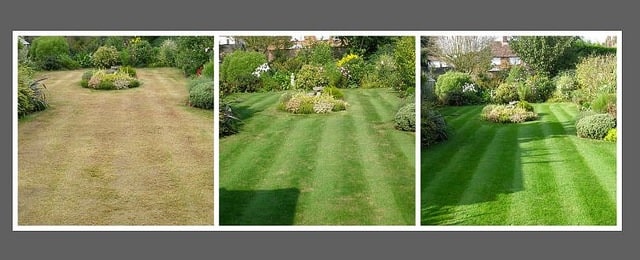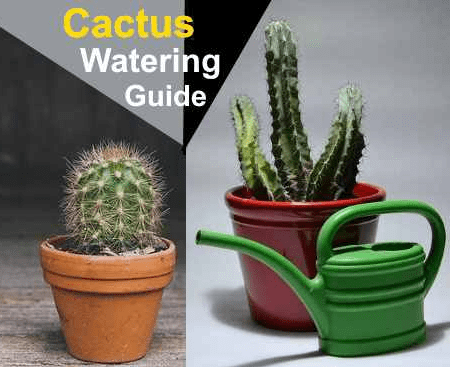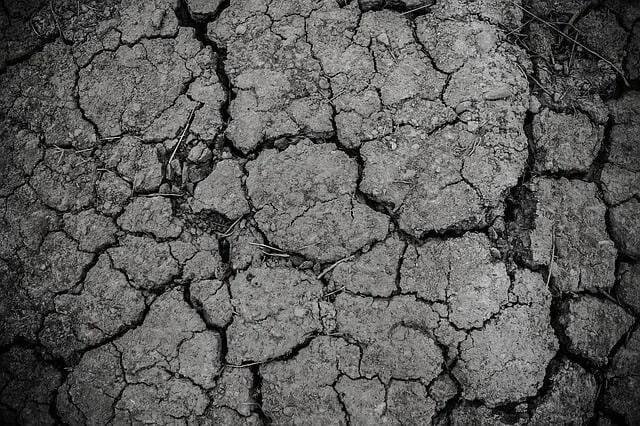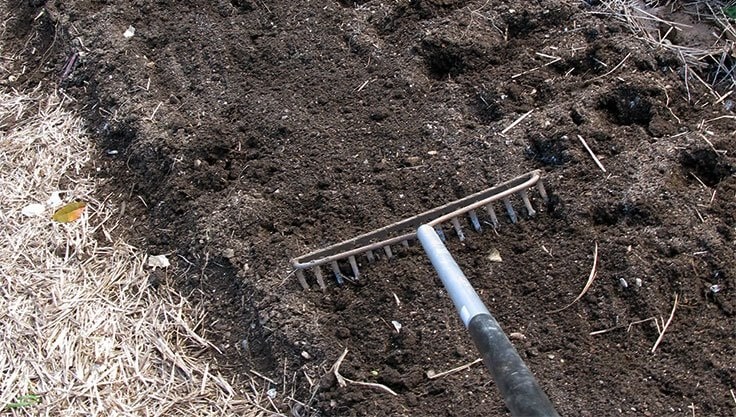During summer, the green lawn is often heavily used. So it’s no surprise if a few bare patches remain after the season. With reseeding, your lawn can become thick and lush again.
Whether it’s impressions from deck chairs and umbrellas, worn-out areas in front of the goalpost, or large bare spots under a kids’ pool — late summer and autumn are ideal times to reseed or restore bare areas in your lawn. If these spots are left open, unwanted plants like dandelions or clover can quickly move in and become difficult to remove. Here are our tips for reseeding your lawn the right way.
Contents
Lawn Reseeding: The Essentials at a Glance
- The best time to reseed bare patches is September.
- Loosen the soil, remove weeds, moss, and stones, and level the area.
- Scatter grass seed over the prepared area and press the seeds down lightly.
- Keep the reseeded spots evenly moist until the seeds germinate.
When Can You Reseed Bare Lawn Spots?
In September, the soil still holds enough residual warmth from summer to encourage seed germination. The heat and dryness of previous months have subsided, making it easier for the young grass to grow and reducing the need for constant watering. That’s why late summer and autumn are the best times for seeding or reseeding lawns. However, reseeding is also possible in spring.
How to Prepare the Soil for Reseeding
- First, mow the lawn.
- Remove roots and dead plant material from the bare areas.
- Loosen the soil using a rake or scarify the affected spots.
- For heavy clay soils, add sand to improve drainage.
- For sandy soils, mix in clay powder to help retain nutrients and moisture.
Tip: Not sure what kind of soil you have? A soil test can provide useful information about your lawn’s soil composition.
Step-by-Step Guide: How to Reseed Lawn Patches
Step 1: Loosen the Soil
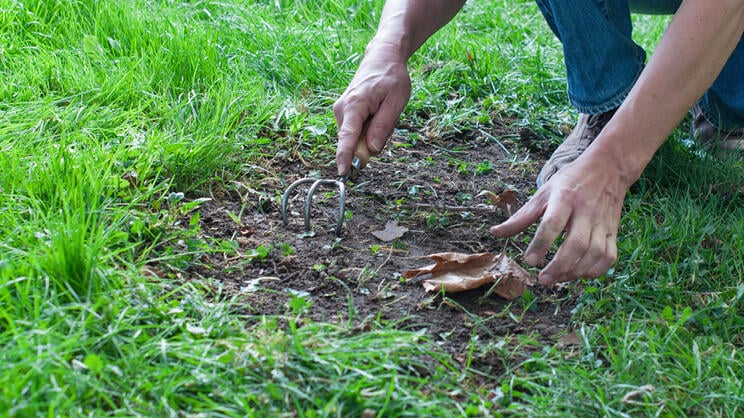
Use a small garden cultivator to loosen the soil in the bare patches. Remove all weeds, moss, and stones thoroughly, then level the area.
Step 2: Spread the Grass Seed
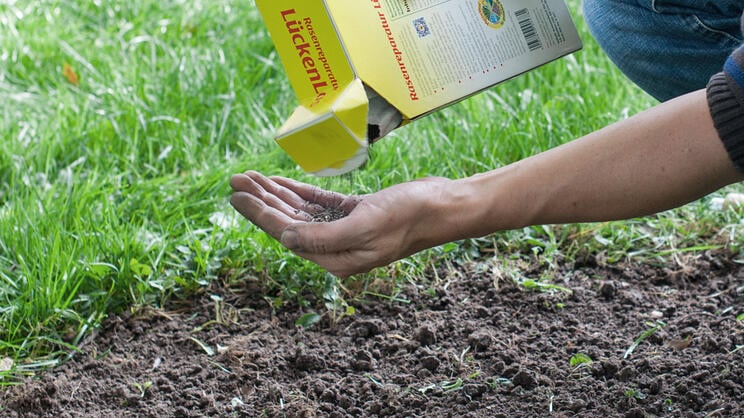
Spread the grass seed evenly over the prepared area. To ensure a consistent appearance, use the same seed mix as your existing lawn.
Tip: Always keep leftover seed from new lawn installations in a dry, labeled container for future use—or note the brand and mix composition in case you need to purchase more later.
- Small patches can be seeded by hand.
- For larger areas, use a seed spreader to distribute evenly.
- Check the recommended seeding rate on the seed packaging.
Step 3: Press the Seed Down
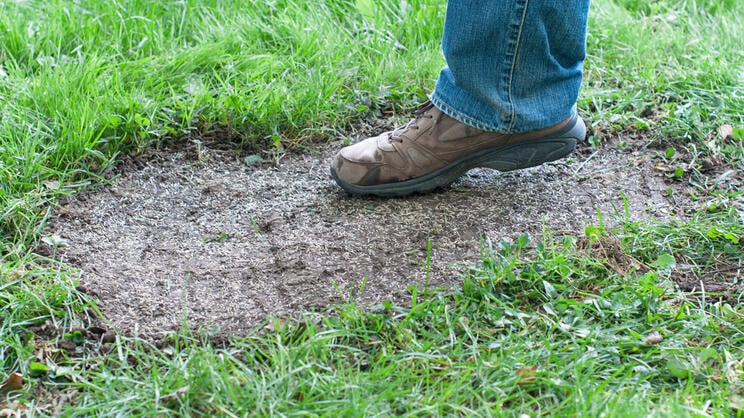
Gently press the grass seed into the soil with your foot.
For prominent bare spots, you can also use grass sod patches to fill the gap. These can be cut from less noticeable parts of your lawn, or you can order individual turf rolls online for this purpose.
Step 4: Water the Reseeded Area
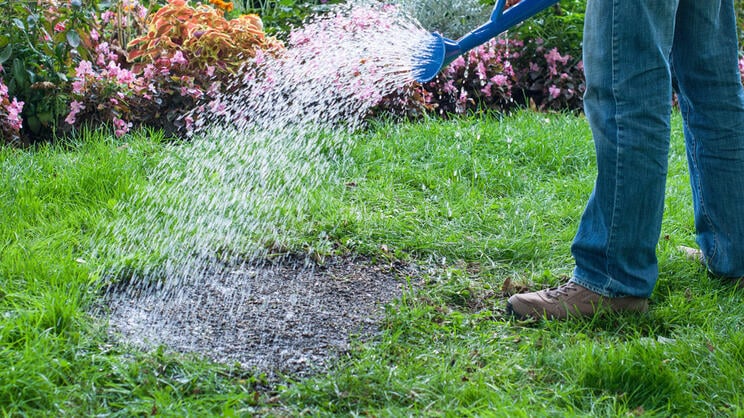
Water the reseeded area using a gentle and even spray to avoid washing away the seeds.
Tip: On soils low in humus, it helps to cover the seeds with a thin layer of potting soil to prevent drying out.
- Keep the reseeded patches evenly moist until germination.
- Avoid walking on the area during this period.
- Once the new grass reaches a blade length of 8 to 10 cm (3 to 4 inches), you can mow the area for the first time.




